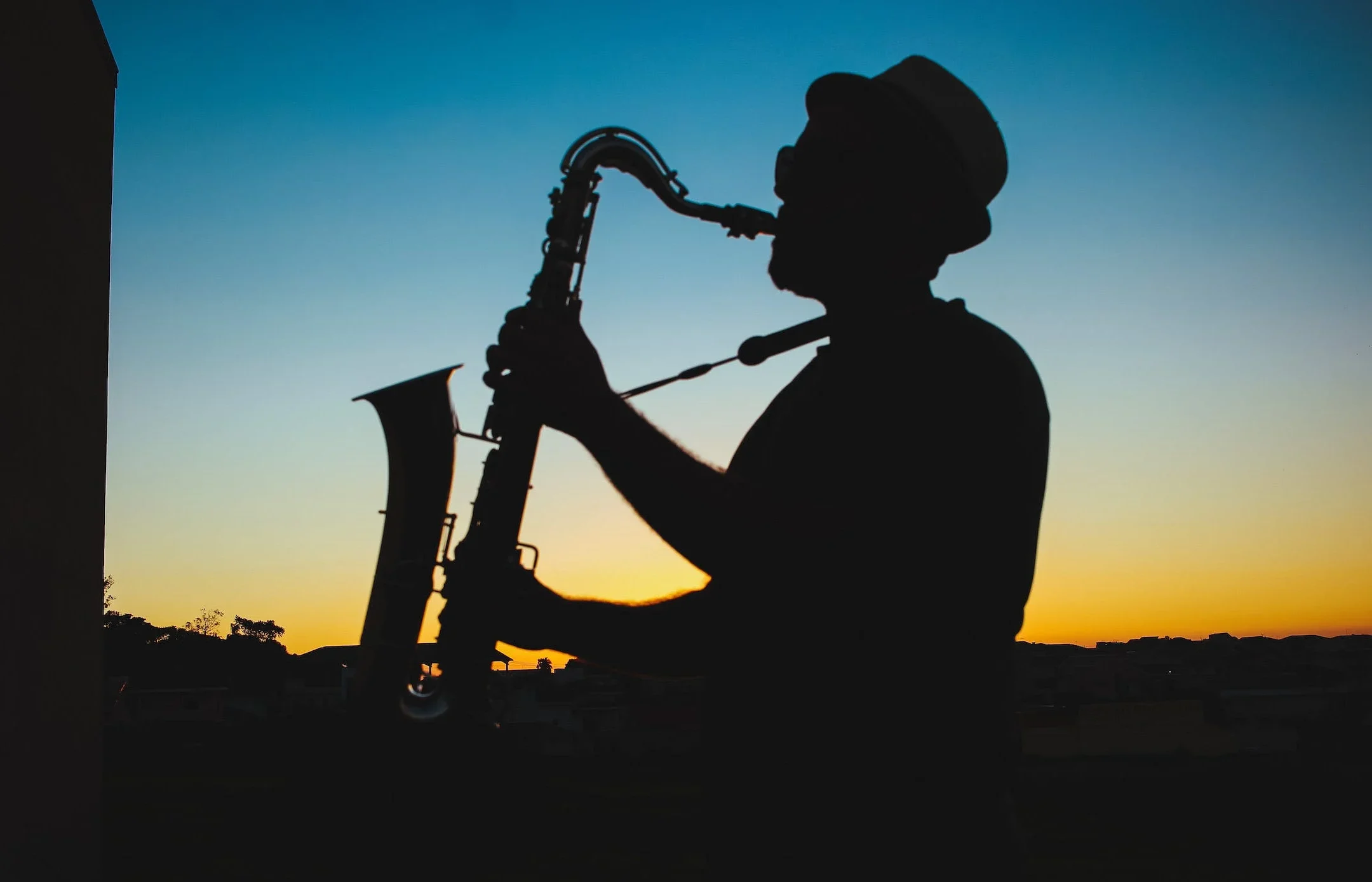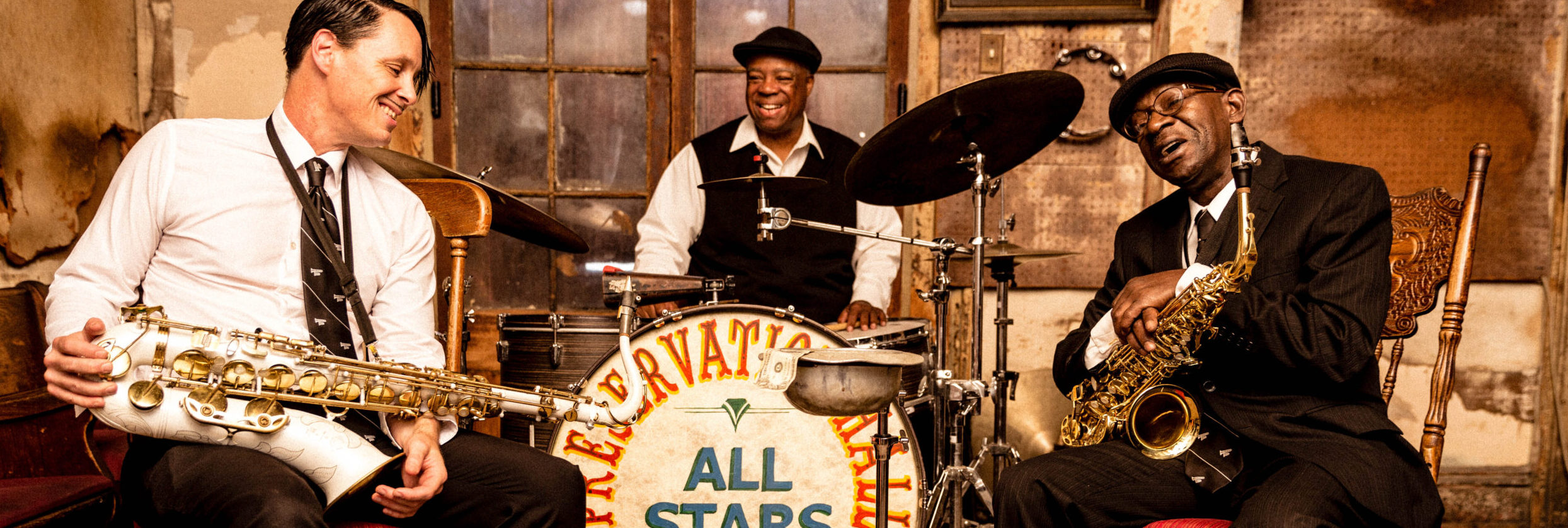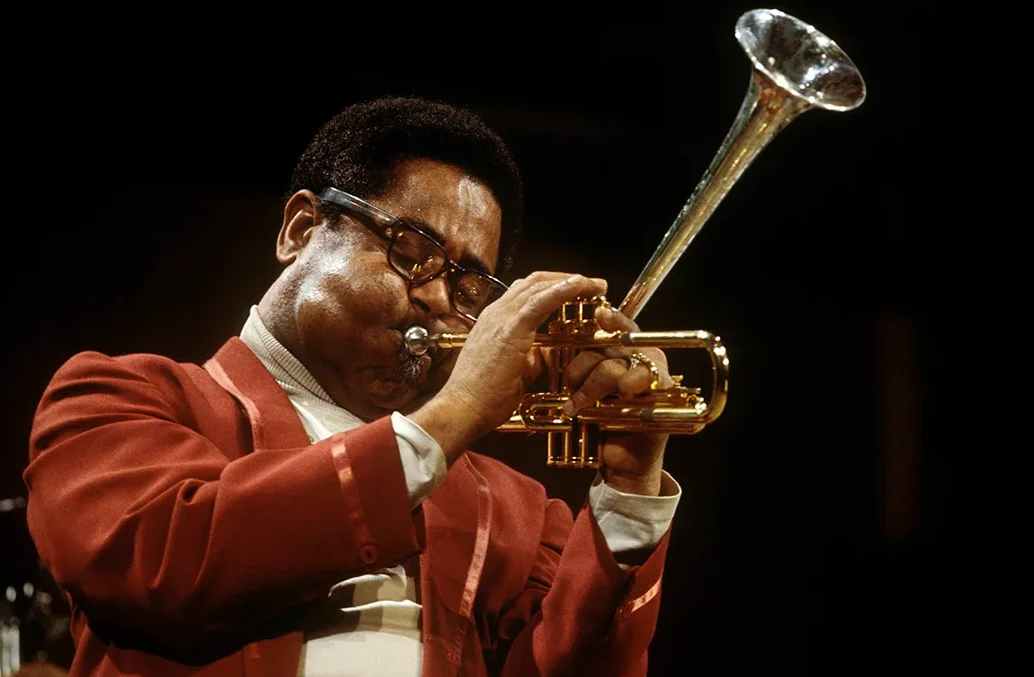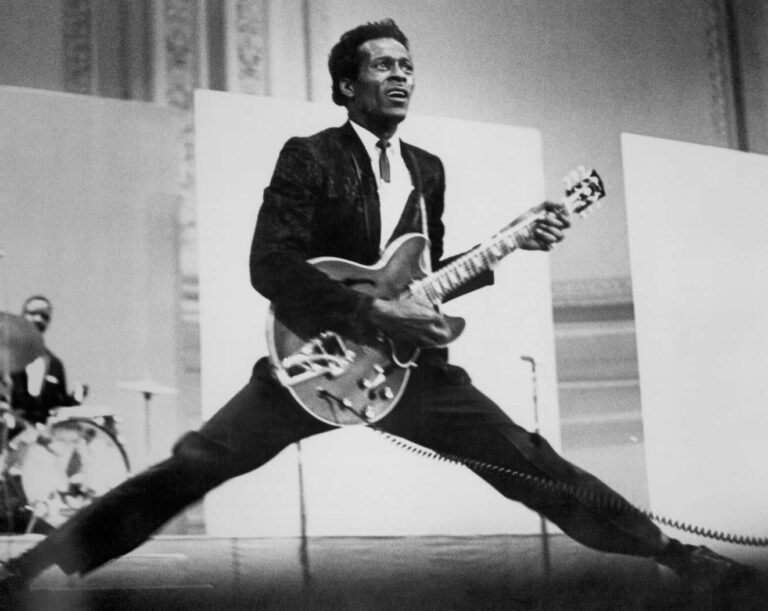When was jazz invented and by who?
Jazz: a genre that has captivated music lovers for over a century, blending emotion and improvisation to create an experience that’s truly unique. But when was this enchanting art form born, and who were the pioneers behind its creation? Join us as we swing down memory lane to explore the origins of jazz, uncover its various types, discover legendary musicians who defined the genre, and share tips on how you can start grooving to this timeless sound. Get ready to be serenaded by the captivating world of jazz!
The origins of jazz
The birth of jazz can be traced back to the late 19th and early 20th centuries in New Orleans, Louisiana. This vibrant city, known for its rich cultural heritage, became a melting pot of diverse musical styles such as blues, ragtime, and brass band music.

African-American communities played a pivotal role in shaping jazz with their unique blend of West African rhythms and European harmony. These influences combined to create an entirely new sound that was both expressive and improvisational.
The migration of musicians from New Orleans to cities like Chicago and New York helped spread this invigorating style across America. The Great Migration led to the development of distinct regional sounds that would go on to define different sub-genres within the world of jazz.
While it’s challenging to pinpoint a single figure responsible for inventing jazz, several trailblazers left indelible marks on the genre. Musicians like Buddy Bolden, Jelly Roll Morton, Sidney Bechet, Louis Armstrong nurtured this nascent art form during its infancy by pushing boundaries through innovation.
The different types of jazz
Jazz is a genre that has evolved over time, resulting in different types of jazz. Each type has its own unique characteristics and style, making it an exciting musical experience for listeners.

One of the earliest forms of jazz is Dixieland or New Orleans Jazz, which originated in New Orleans at the start of the 20th century. This style features brass instruments and a strong rhythm section with improvisation at its core.
Swing Jazz emerged in the 1930s and quickly became popular thanks to artists like Duke Ellington and Count Basie. Swing Jazz emphasizes melody over harmony with a focus on big band orchestration.
Bebop or Bop is characterized by complex harmonies and fast tempos. It emerged during World War II when musicians such as Charlie Parker and Dizzy Gillespie sought to break free from traditional swing jazz conventions.
Cool Jazz gained popularity in the late 1940s as a reaction against bop’s complexity. This sub-genre focuses on subtlety, slower tempos, intricate harmonies, and subtle arrangements.
Free Jazz developed in the 1950s as some artists wanted to break away from conventional structures altogether. It often lacks any recognizable melodic structure or rhythm but instead allows for complete improvisation based solely on intuition.
These are just some examples of different types of jazz music that have emerged over time – each one providing unique insight into this rich genre’s history!
Famous jazz musicians
Jazz has produced some of the most iconic and talented musicians in history. From Louis Armstrong to Miles Davis, these artists have left a lasting impact on not only jazz but music as a whole.
Louis Armstrong is often considered one of the pioneers of jazz music. His unique style and innovative use of improvisation helped shape the genre into what it is today. Known for hits like “What a Wonderful World” and “Hello Dolly,” his influence can still be felt in modern-day jazz.
Another legendary musician, Duke Ellington, was known for his big band sound and prolific songwriting abilities. He composed over 1,000 pieces throughout his career, including classics like “Take The A Train” and “Mood Indigo.”
One cannot talk about jazz without mentioning Miles Davis. His experimental approach to the genre led to groundbreaking albums like Kind Of Blue – often regarded as one of the greatest albums ever made – and Bitches Brew.
Other notable figures include Charlie Parker (known as Bird), John Coltrane, Billie Holiday, Ella Fitzgerald among many others who continue to inspire generations with their incredible talent.
These musicians not only broke musical boundaries but also contributed significantly towards paving ways for future generations of artists all around the world seeking out inspiration from them.
How to get into jazz
If you’re interested in getting into jazz, there are a few things you can do to start your journey. First, listen to different types of jazz and decide which sub-genres or eras appeal to you the most. You might find that swing music from the 1920s and 1930s is your favorite, or you might prefer more contemporary forms of jazz fusion.
Next, make a playlist of your favorite artists and songs so that you can listen to them regularly. It’s also helpful to attend live performances by local jazz musicians – not only will this expose you to new music, but it will help support your local arts community.
Another great way to get into jazz is by learning an instrument yourself. Even if you don’t become a professional musician, learning about rhythm, harmony, and improvisation can deepen your appreciation for the genre.
Read books about jazz history and biographies of famous musicians – understanding the context in which certain styles of jazz were created can give you a greater appreciation for their significance. By immersing yourself in all aspects of the genre – listening, performing, attending concerts and reading literature- ,you’ll be well on your way towards becoming a true lover of Jazz!
Jazz music is a genre that has stood the test of time and continues to evolve with each passing decade. From its humble beginnings in New Orleans to gaining worldwide recognition as an art form, jazz has left an indelible mark on music history.
While the origins of jazz are often debated, it’s important to recognize the contributions of African-American musicians who paved the way for this unique musical expression. The different types of jazz offer something for everyone, from traditionalists who prefer Dixieland and swing to those who enjoy more contemporary styles like fusion and smooth jazz.
If you’re interested in exploring jazz further, there are plenty of resources available online and in your local community. Start by listening to some classic recordings or attending a live performance at a nearby venue. With practice and dedication, you might even find yourself picking up an instrument or joining a local jam session.
Above all else, remember that jazz is about freedom of expression and improvisation. So go ahead – let loose and see where the music takes you!






